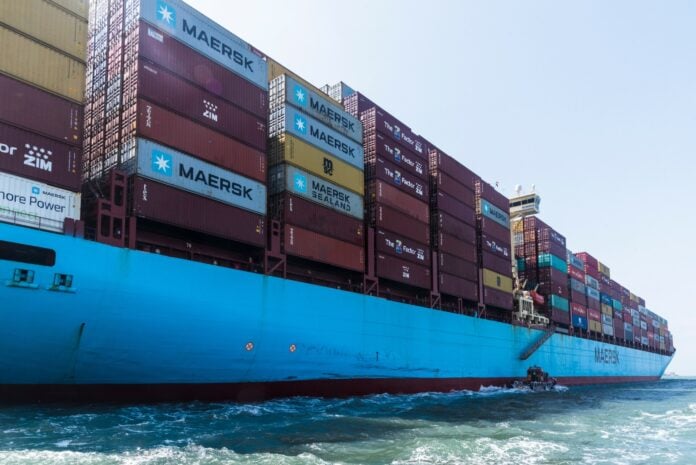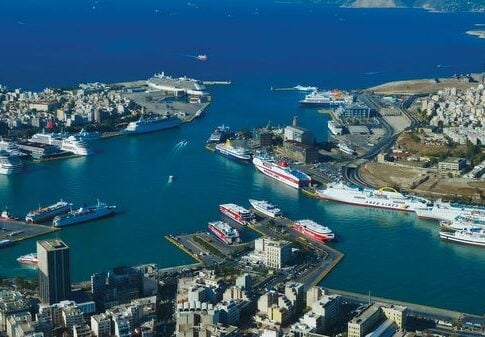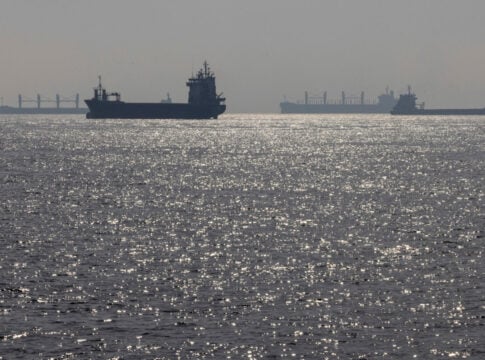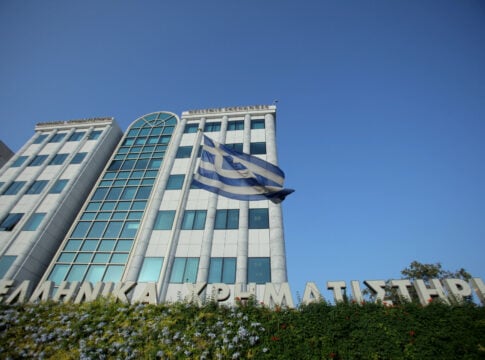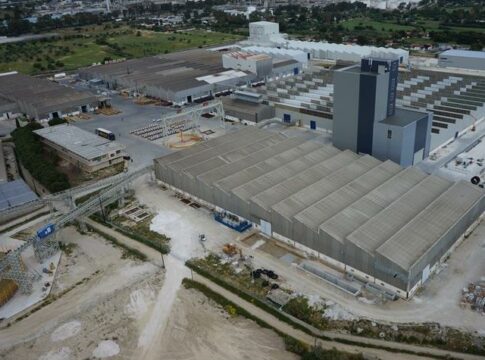Shipping costs for sea containers have skyrocketed over the last weeks in the wake of the Red Sea crisis. High freight rates and supply chain disruptions from container ship re-routings at the southern tip of Africa are raising questions about whether markets will experience another crisis similar to the one caused by the pandemic.
According to data from market specialist Alphaliner, a total of 338 containerships had diverted to the Cape of Good Hope, avoiding the Red Sea, by January 15. Of these, 192 for routes to the west and 146 with routes to the east.
The transport cost
As Hua Joo Tan, an analyst at Linerlytica, told “Naftemporiki”, the transport costs of containers have increased in the last eight weeks at the fastest rate, compared to any other historical period, including the crisis caused by the coronavirus.
Data from commodity analytics platform Xeneta reveals that 52 days after the Red Sea unrest broke out, freight rates on the Far East-Mediterranean route “skyrocketed” by 218%.
Measuring the impact of the pandemic, analysts pointed out that in the same period after the start of the crisis, the rise in fares reached 156%.
Accordingly, on the Far East – Northern Europe route, after the Middle East unrest, costs have grown by 217%, compared to 176% after the pandemic, while from the Far East to Europe (Atlantic) the difference is 149% versus 134%.
“Freight rates have not yet reached the levels seen during Covid-19, but the sudden crisis in the Red Sea has resulted in a faster rise in freight rates, which undoubtedly creates even greater disruption than in the early months of pandemic,” Xeneta data analyst Emily Stausboll explained.
The impact on logistics
Αnalysts seem reassured about the ultimate impact on the supply chain.
“Everything of course depends on how much longer the Red Sea will remain closed. Four more weeks or four months? Nobody knows,” said Jan Tiedemann, senior analyst at Alphaliner, to “Naftemporiki.”
He cited two reasons why the impact of the current crisis will be lower, compared to the pandemic. First, he explained that the problems do not affect the Asia-US market, which is operating normally. Secondly, he added, the re-routing of ships on the Asia-Europe route from the Cape of Good Hope may involve longer distances, but it is manageable: Ship arrivals can be predicted.
“The supply chain can cope with longer cargo transit times as long as arrivals are predictable and revised ship schedules reliable,” added Tiedemann.



